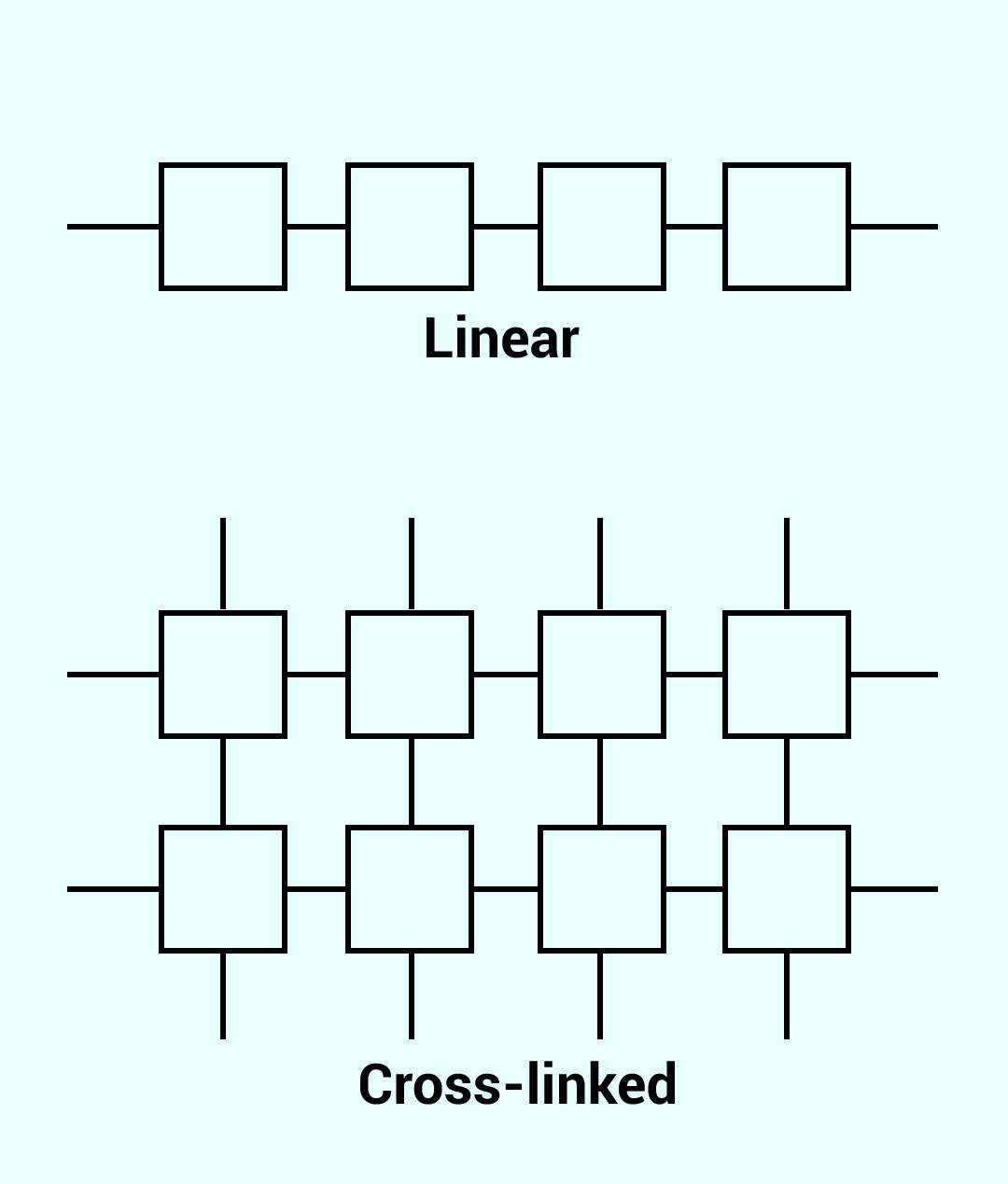8th Grade > Chemistry
SYNTHETIC FIBRES AND PLASTICS MCQs
:
D
Melamine is a versatile material which resists the spread of fire. It can tolerate heat better than other plastics. It is used in the firefighters' uniforms for the protection of their body from heat hazards. It is also used for making floor tiles, kitchenware, in aeroplanes and buses to prevent the spread of fire.
:
A and B
Plastics are widely used as they are lightweight, water-resistant, durable, strong, economical, resistant to corrosion and chemicals.
Plastics have many disadvantages too. They are non-biodegradable, so will remain on the earth's surface without being decomposed. Thus, they contribute greatly to environmental pollution.
:
A
Fibres that are obtained from chemical substances are called as man-made fibres or synthetic fibres. For example, nylon, polyester, etc.
However, silk and jute are natural fibres.
:
D
Bakelite is a thermosetting plastic, which means it retains its shape even at high temperatures. Whereas, the others mentioned are thermoplastics that can be moulded on heating.
Also, bakelite is a poor conductor of electricity, hence, it protects us from getting electric shocks.
This is the reason, bakelite is used for making electrical switches, handles of various utensils, etc.
:
B
Thermosetting plastics are those plastics which once moulded, cannot be softened by heating. Two examples are:
1) Bakelite: Used for making electrical switches, handles of various utensils.
2) Melamine: Used for making floor tiles, kitchenware and fabrics which can resist heat.
:
B
Based on the connections between their monomer units, plastics are classified as linear and cross-linked plastics.
∙ Linear plastics: the monomer units are connected in linear fashion.
∙ Cross-linked plastics: cross-links exists between two linear or branched chains, forming a three-dimensional network.
This arrangement of monomer units define the properties of polymers. Linear polymers can be bent easily, whereas bending cross-linked polymers is difficult.
:
A
A material which is not easily decomposed by natural processes is termed as non-biodegradable. Plastic is generally considered non-biodegradable as it cannot be degraded by bacteria.
Plastic bags and other plastic items, that we use in our daily lives, end up in landfills and are typically buried. Since they do not degrade, they pose a greater environmental threat than the biodegradable wastes do.
:
C
Polywool is a blend of polyester and wool. The blend is designed to afford the advantages of both the wool and polyester fibres in one fabric, such as wrinkle resistance, increased absorbancy, increased strength etc.
:
B
Sericulture, or silk farming, is the cultivation of silkworms to produce silk.
:
A
Silk is a natural fibre obtained from silkworm, which is an insect. The best-known silk is obtained from the cocoons of the mulberry silkworm. A large quantity, around 10 kg of silkworm cocoons, is required to make just 1 kg of silk.
















